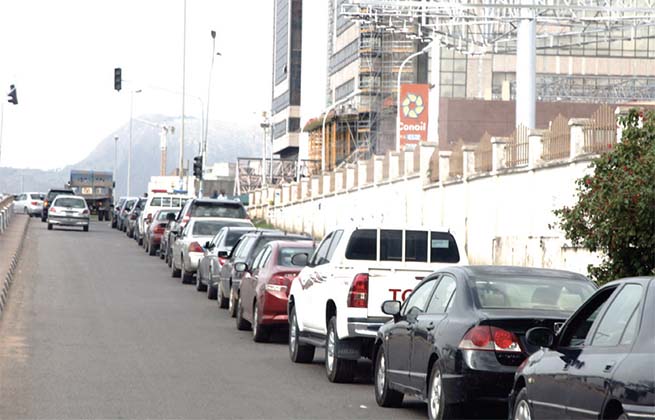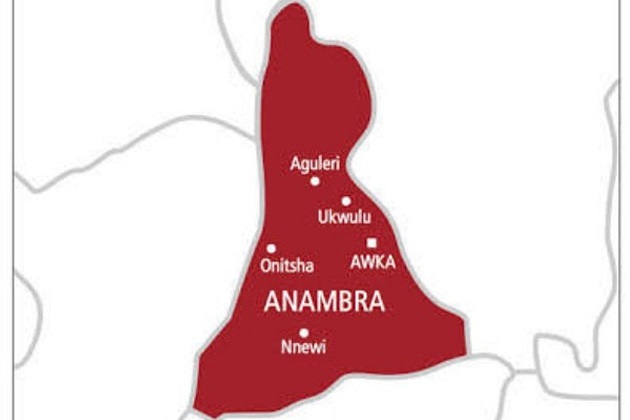A recent Cadre Harmonisé (CH) report warns that approximately 33.1 million Nigerians, including 514,474 internally displaced persons (IDPs), are expected to experience a food crisis or worse between June and August 2025. The report identifies 26 states at high risk, including Sokoto, Zamfara, Borno, Adamawa, and Yobe in the northeast, and Rivers, Ogun, and Kwara in the south. Currently, about 25 million people are already affected, with critical levels of food insecurity projected to worsen in 2025.
The CH report, produced by Nigeria’s Ministry of Agriculture and Food Security in collaboration with the United Nations Food and Agriculture Organization (FAO) and other partners, highlights severe malnutrition across the northeast and northwest regions, estimating 5.44 million children will suffer from acute malnutrition by April 2025. This includes 1.8 million cases of Severe Acute Malnutrition (SAM) and 3.7 million cases of Moderate Acute Malnutrition (MAM). Additionally, nearly 787,000 pregnant and lactating women will require urgent nutritional support.
Factors driving the crisis include high food costs, limited access to healthcare, and challenges in water, sanitation, and hygiene (WASH) services. Security issues and economic hardships are exacerbating the situation, with climate shocks and surging fuel prices impacting both household food consumption and farming livelihoods. The Federal Ministry of Agriculture and Food Security, represented by Permanent Secretary Temitope Fashedemi, affirmed the government’s commitment to adopting CH recommendations and implementing interventions aimed at alleviating food and nutrition insecurity across the affected regions.



